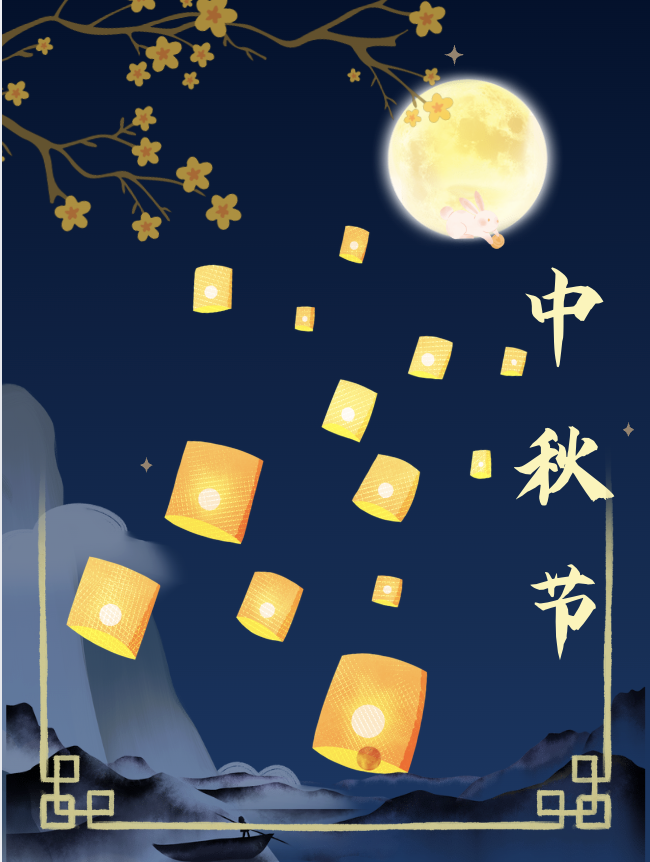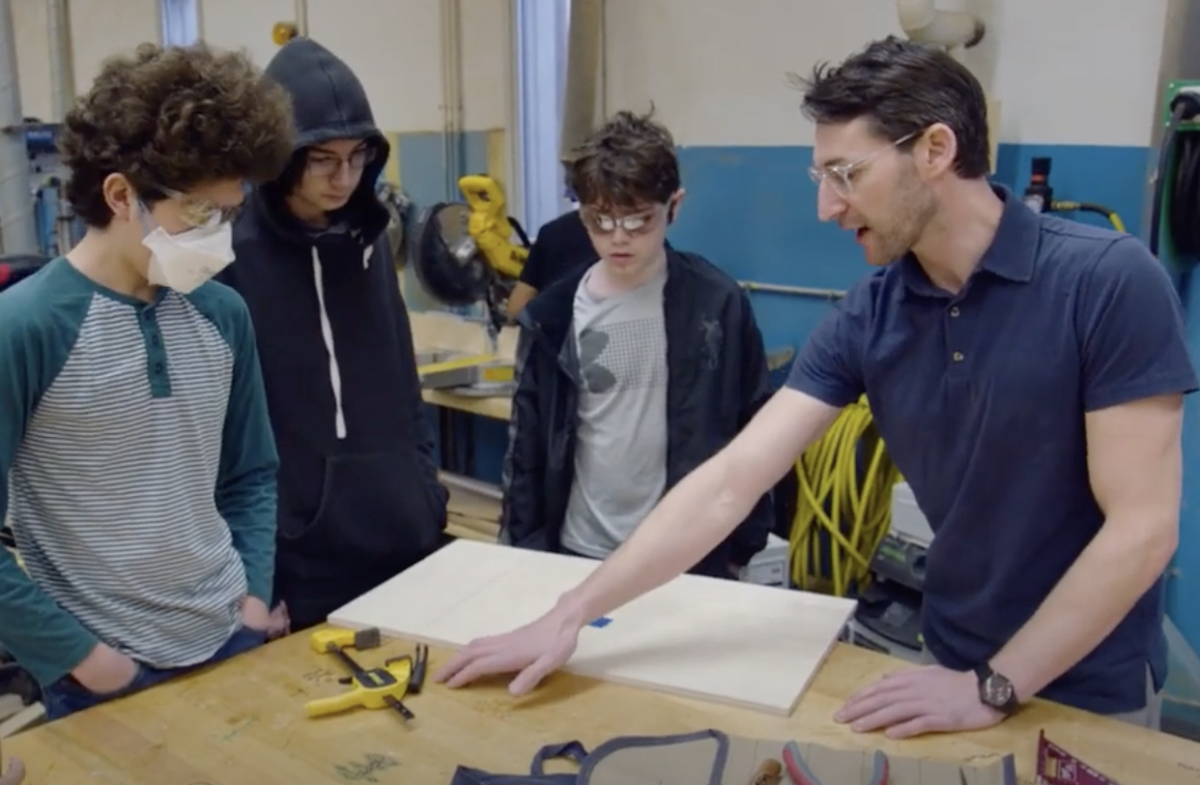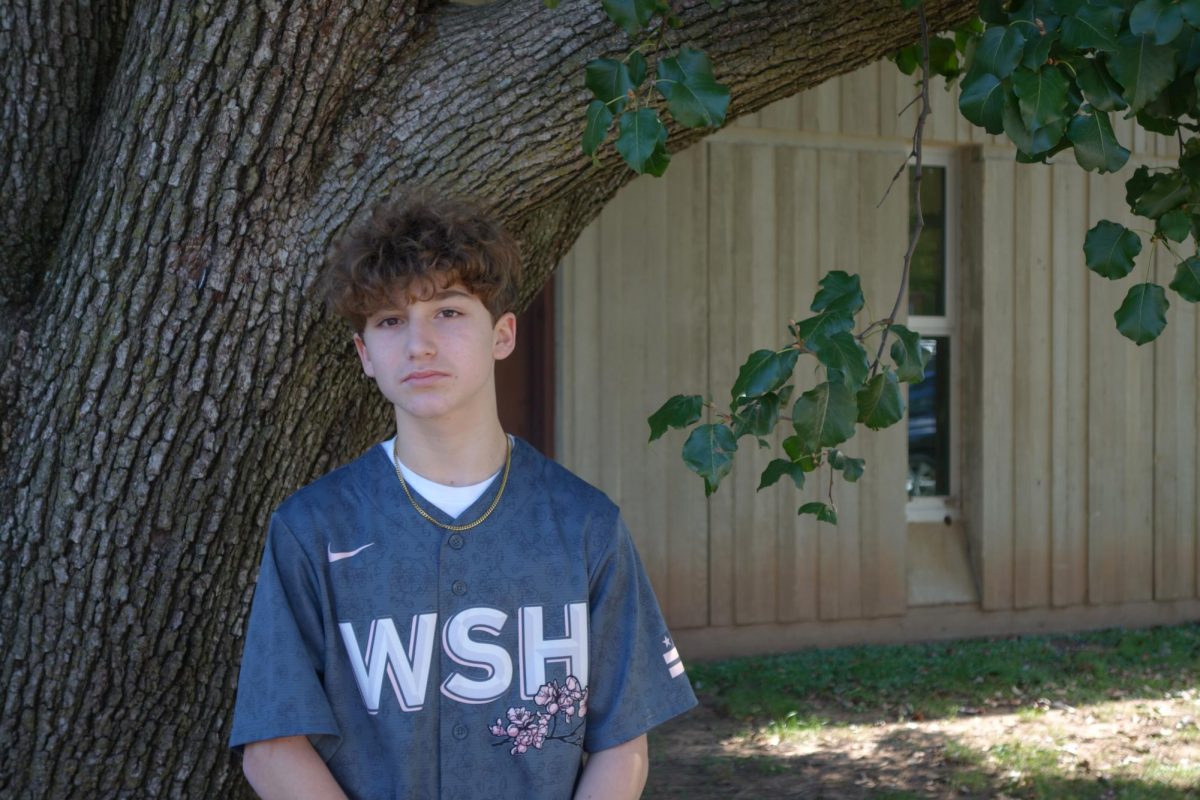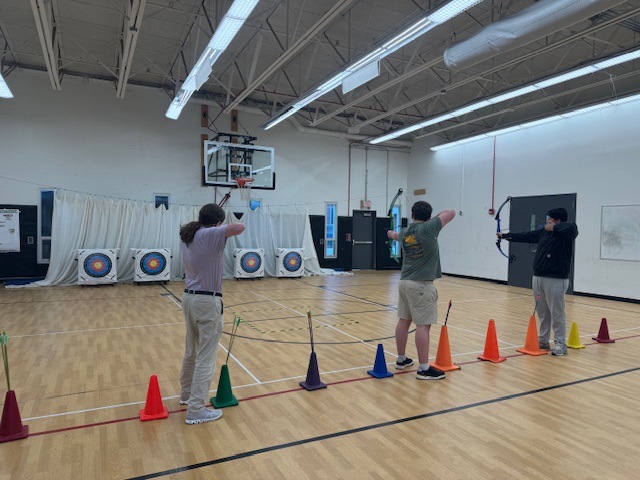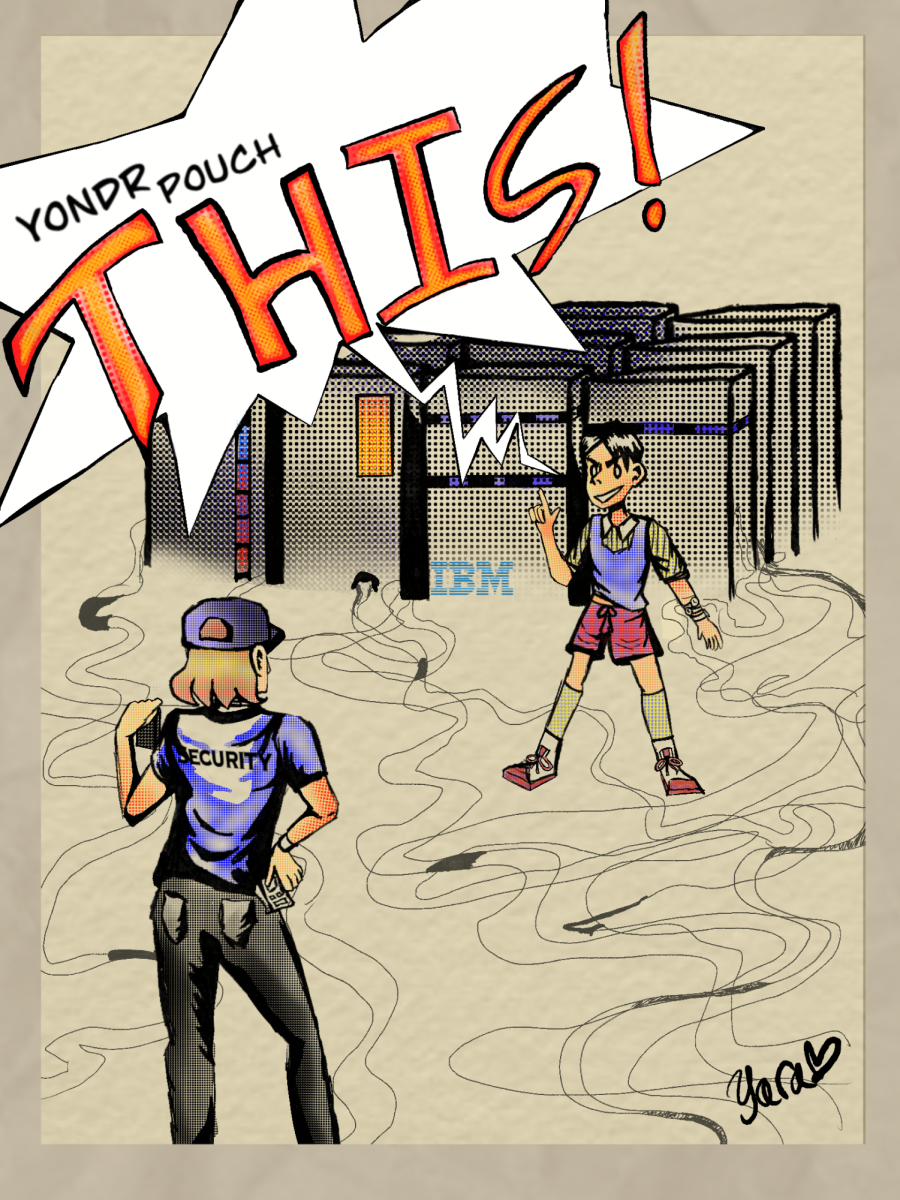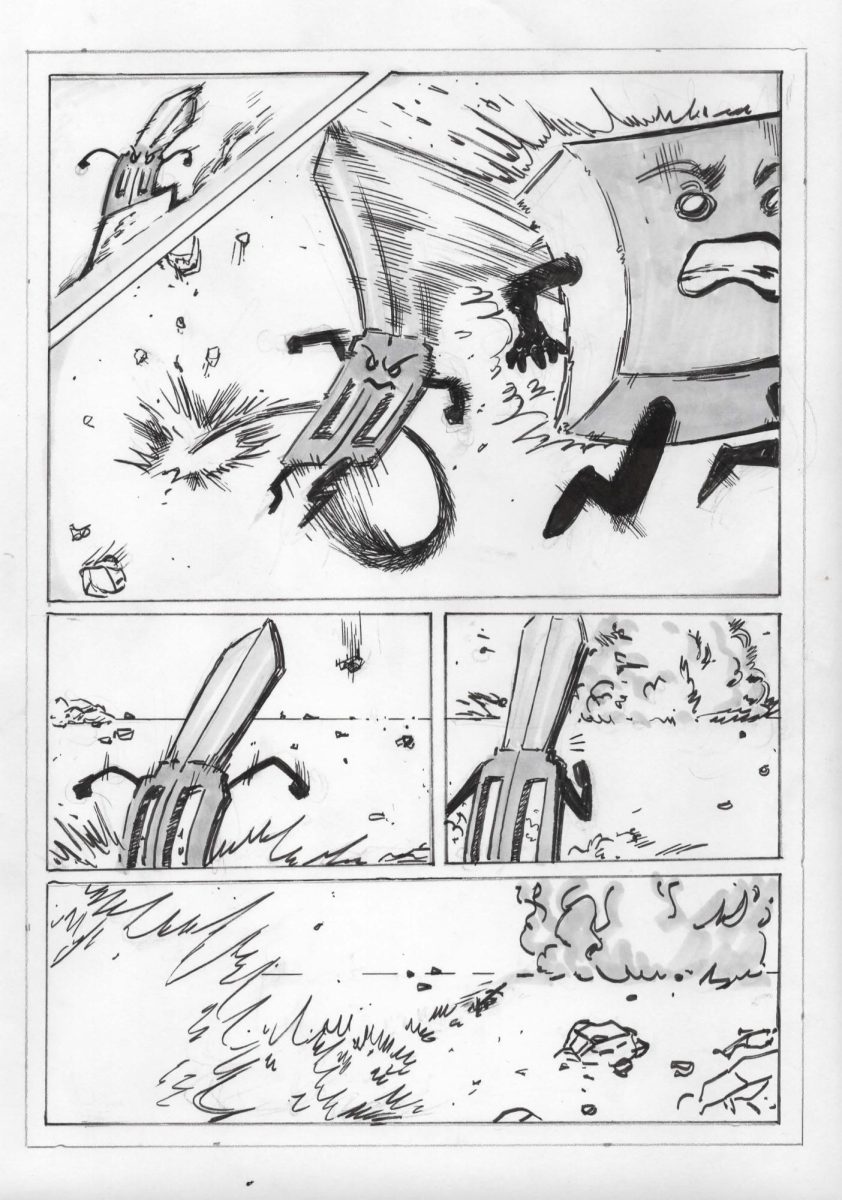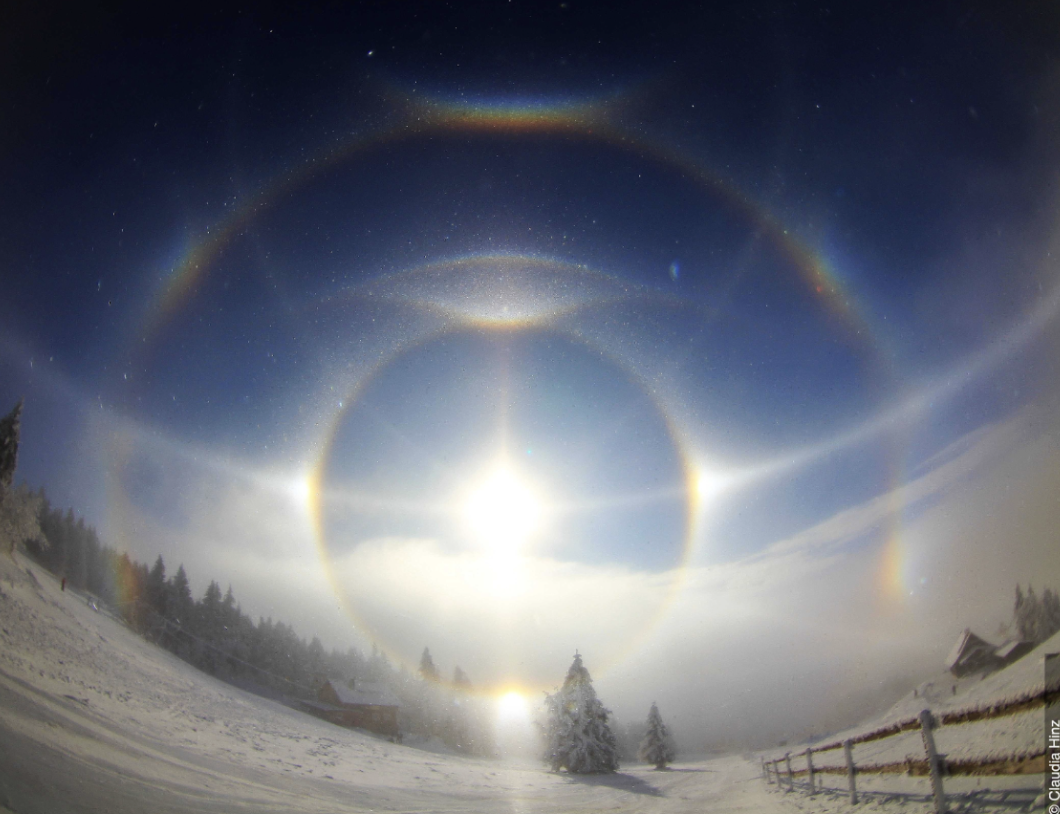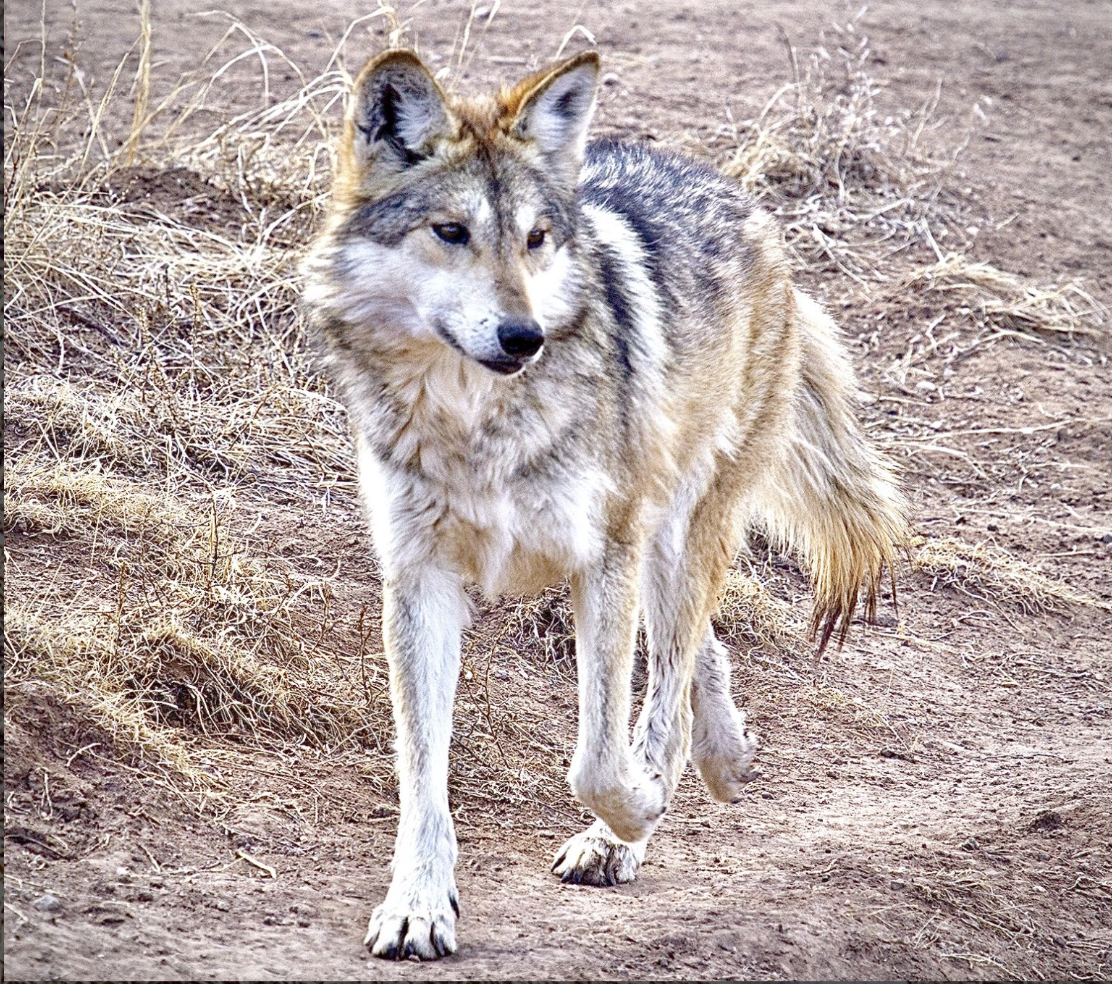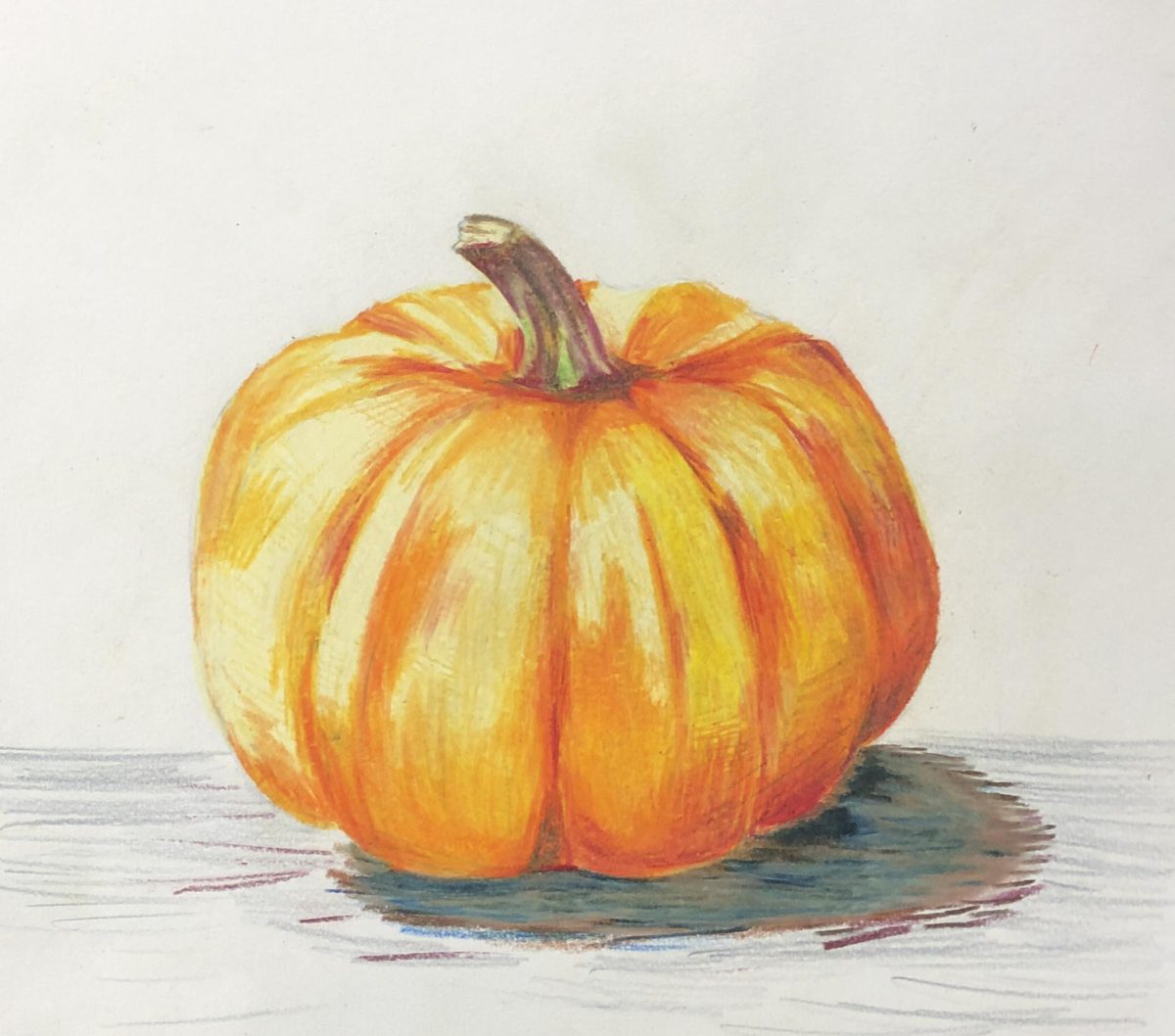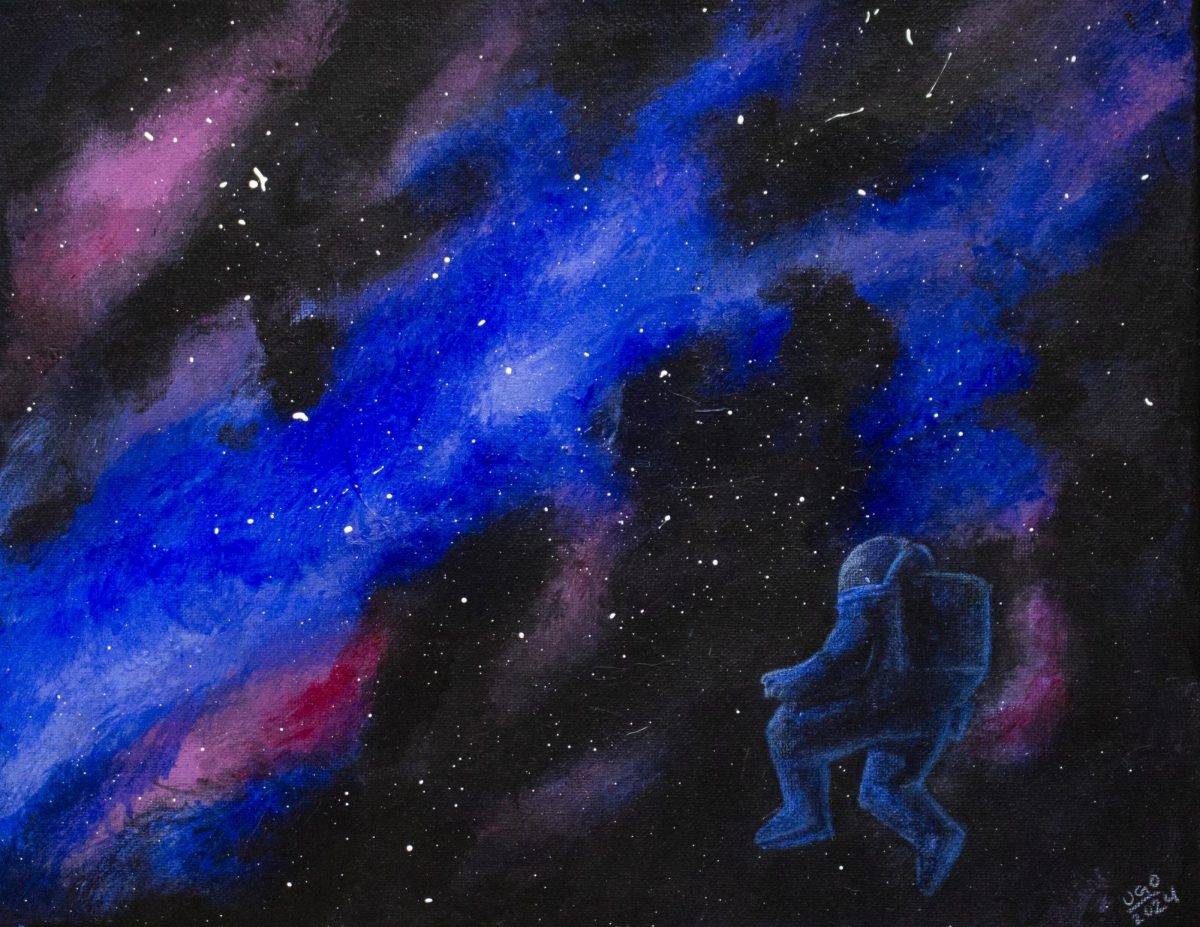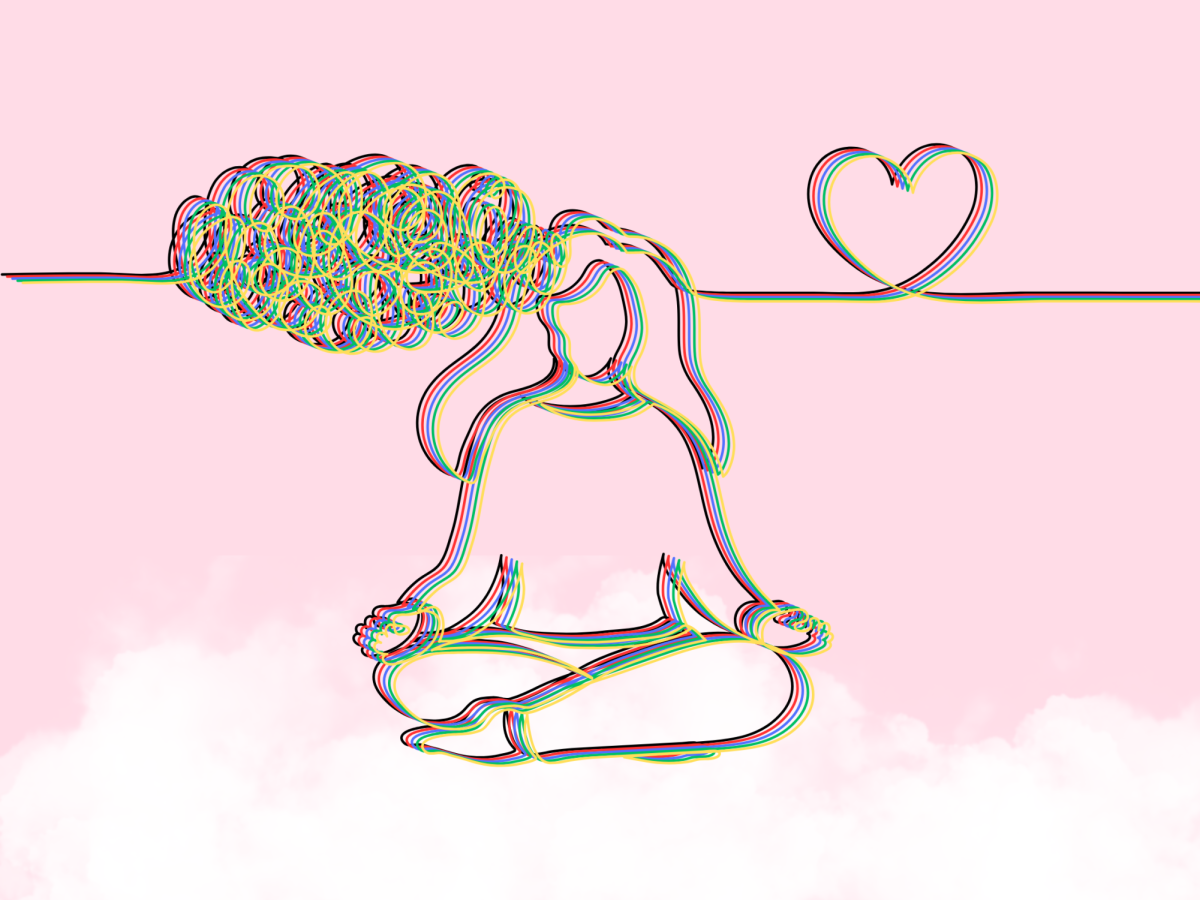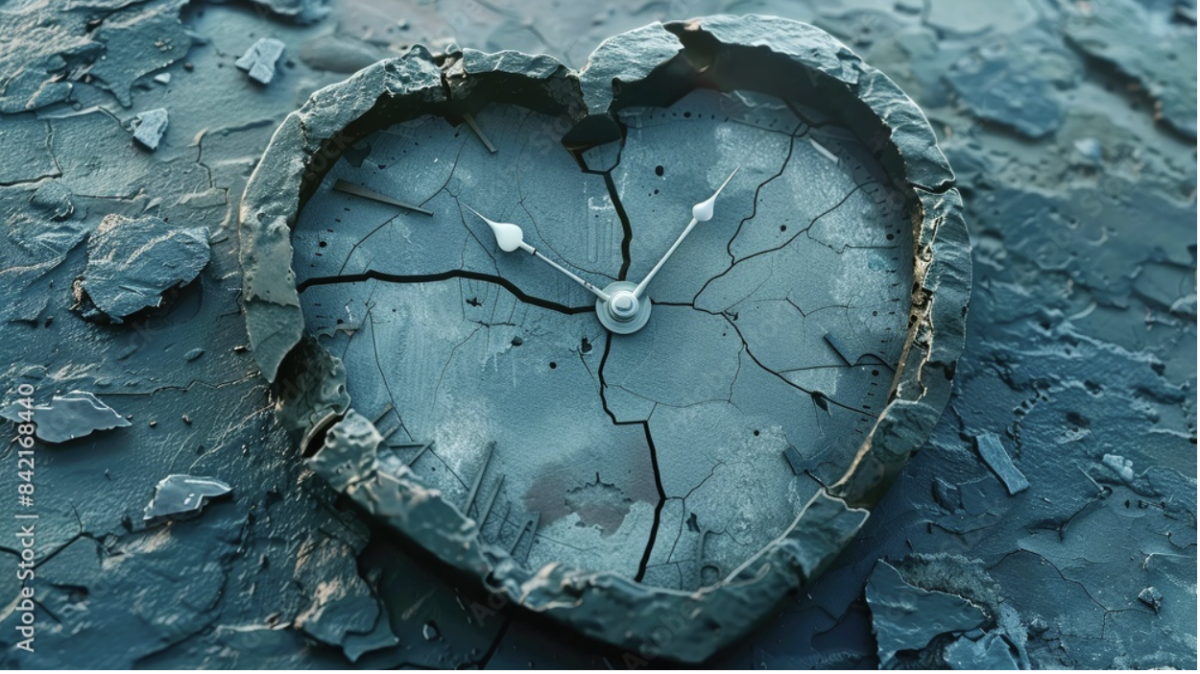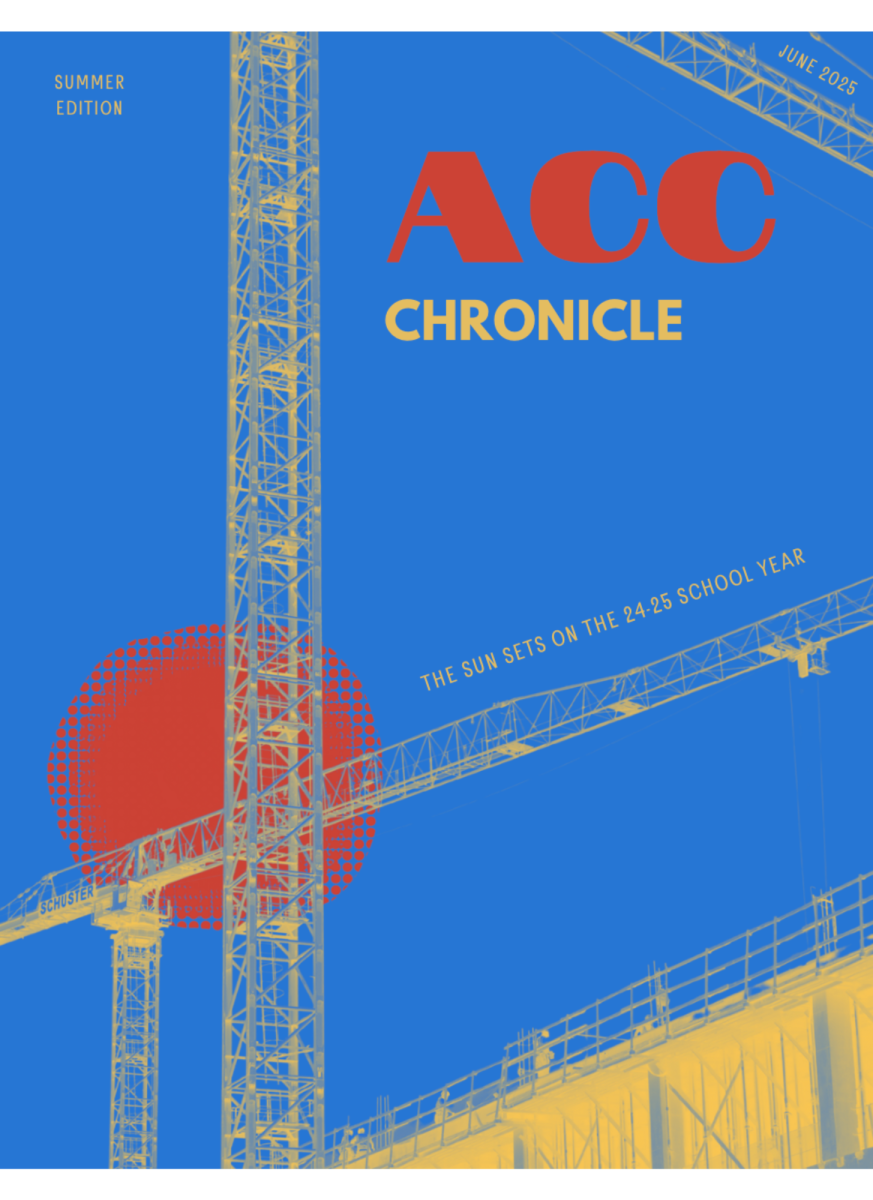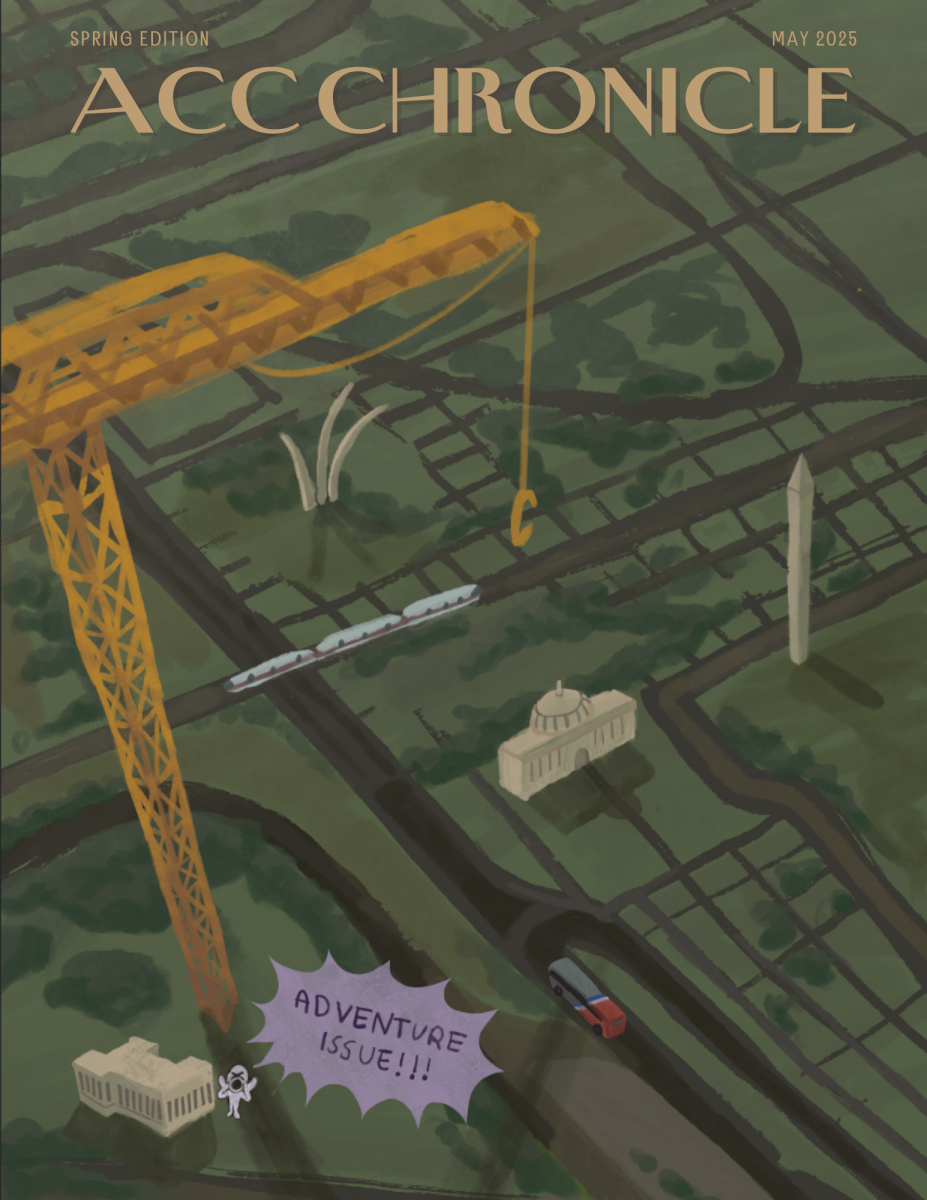Have you ever looked up to the sun to see a circle around it? Have you ever been out on a cold, winter night and seen the city lights elongated to large pillars Have you ever been up in a plane and looked down to see what almost looked like a second sun reflected off the clouds? Then you may have seen a weather phenomenon known as Halos.
These Anime, sun-like things are caused by light from the sun or moon (or sometimes artificial light) reflecting through ice crystals in the troposphere. They can form through thinner clouds, such as Cirrus and Cirrostratus clouds, or in other weather phenomena known as diamond dust.
There are 117 recognised types of halos, with the three most well-known being the 22-degree halo, sundogs (also known as parhelia), and light pillars.
This 22-degree halo, if you couldn’t tell by its name, is a halo with a radius of 22˚(more specifically, 21.7˚). They’re the most common type of halo, being able to form in both cirrus clouds and diamond dust. Unfortunately, the specifics on how these halos form are still unknown; all we know about them is that the ice crystals that form the halo are aligned in a random and chaotic nature. Unlike something like a parhelic circle, which is formed with ice crystals oriented almost vertically, 22-degree halos have no set orientation that leads to their formation.
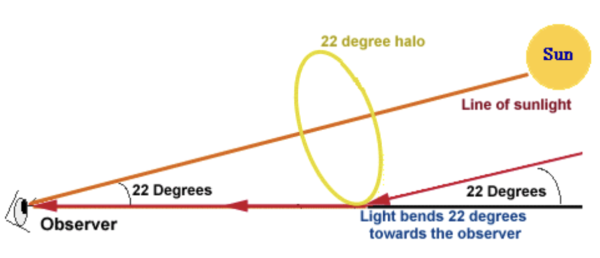
When looking at a 22-degree halo, you may notice that the inside of the halo is darker than the rest of the sky. This phenomenon, often referred to as a ‘hole in the sky’ happens because the light that would normally refract off the atmosphere isn’t able to with less than a 22-degree radius.
Parhelic circles are formed with near-vertical ice crystals. Unlike most other types of halo, the parhelic circle is horizontal across the sky, with the halo only intercepting the sun at one point.
When looking at a 22-degree halo, you may notice that the inside of the halo is darker than the rest of the sky. This phenomenon, often referred to as a ‘hole in the sky’ happens because the light that would normally refract off the atmosphere isn’t able to with less than a 22-degree radius.
Parhelic circles are formed with near-vertical ice crystals. Unlike most other types of halo, the parhelic circle is horizontal across the sky, with the halo only intercepting the sun at one point.
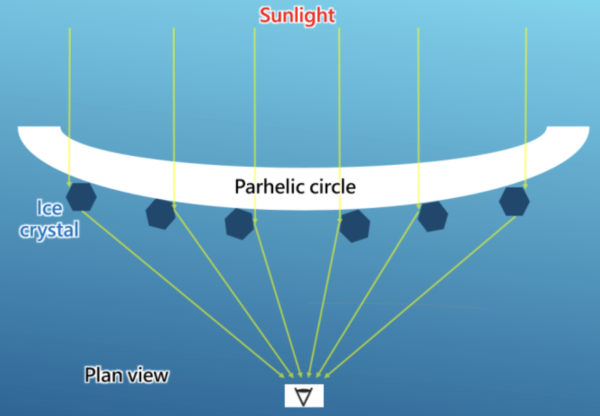
Parhelia, more commonly known as sundogs, are often found directly on the line of the parhelic circle, usually where the parahelic circle and 22-degree halo intersect. Sundogs can be anything from a small glowing spot to something so bright they almost look like two secondary triangular suns.
Parhelic circles and sundogs, although directly connected, can occur separately. Imagine a burger and a burger patty; while they are different things, they can technically exist by themselves.
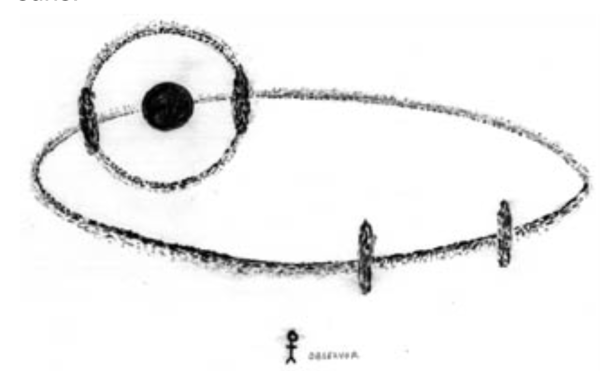
Light pillars (sun pillars) occur when some of the ice crystals in subsuns wobble, thus elongating the subsun into a pillar connecting to the sun itself. Artificial light pillars, or light pillars caused by artificial light, are much taller than their natural counterparts. Artificial light pillars are formed with ice crystals halfway between you and the corresponding light source, being formed because the artificial lights creating them aren’t parallel to the ice crystal. This makes it so that an ice crystal with even the slightest tilt can cause the light to reflect downwards.
The final pair of halos being covered today are subsuns and light pillars. Although both of these phenomena can occur naturally, light pillars are more known for their artificial appearances. Subsuns occur below the horizon, meaning you can only ever see them in planes or on mountain tops looking down. Forming from the sun reflecting off the flat parts of the ice crystals, these halos are so bright that they are sometimes called second suns.
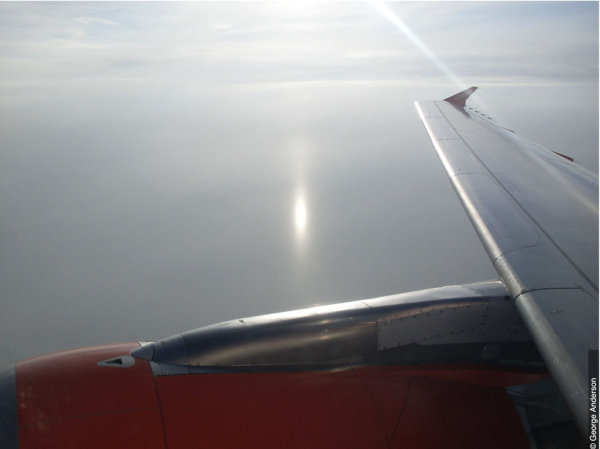
Artificial light pillars are mostly seen at night due to that being the time most artificial lights are turned on. They can sometimes be mistaken for aliens or the Aroras due to needing colder temperatures and looking a wee bit goofy.
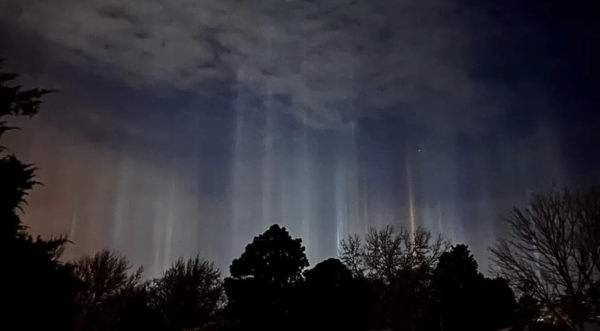
There are a lot of different types of halos, some more common, some incredibly rare, and many that weren’t covered today. Halos such as the suprelateral arc and 46 degree halo that are often confused for each other, the rare Circumhorizon arc that’s sometimes called the ‘fire rainbow’, and complex halos, which contain many different types altogether. Although some of these phenomena can be very common, it’s still less known about weather phenomena. There are over one hundred types of halo that weren’t covered here, and all of them are just as cool.
If this interests you in any way, I encourage you to research them more! Next time you’re out on a cold day, or on a ski slope, or in the mountains, maybe try looking out for one of these! If you see one, take a photo! (and maybe share it with me, please. They are so cool!)













